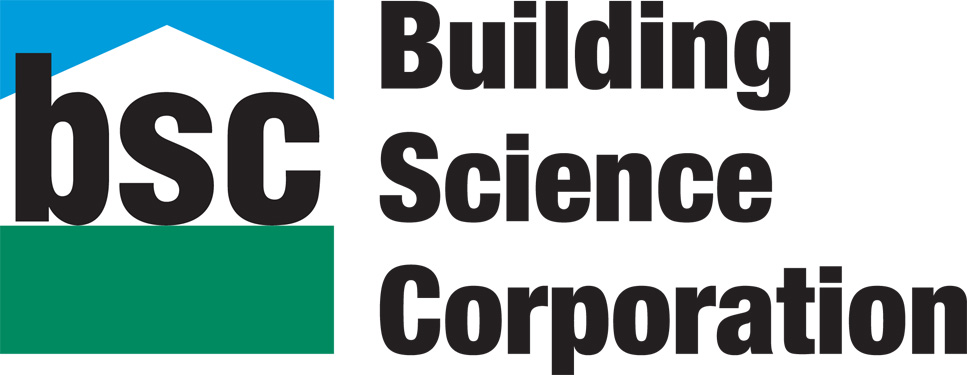WOBO thanks Joseph Lstiburek for the link to his article – The Big Blow


We have hurricanes, we have floods, we have wildfires….It is hard enough to deal with these as it is…but when we also want high levels of thermal performance…
We are going to look at roofs…not because they are easy or hard…but because they see the greatest stress from wind and rain and wildfire. I am going to focus on wind because if the roof blows away it is kind or dumb to worry about rain. So wind on roofs that have lots of insulation. And we are going to limit the insulation approaches to get a few elegant (“hopefully”) principles across without taking up a lot of space. If you “get it” you can apply it all over the place.
In high wind zones roof assemblies need to be able to resist the wind pressures that can act on them during high wind events such as hurricanes. The issues become more complex with high thermal resistance roof assemblies.
Both low slope roof assemblies and sloped roof assemblies can be constructed from multiple layers (Figure 1 and Figure 2). For low sloped roofs it is common to utilize mechanically attached roof membranes, upper and lower deck sheathing and multiple layers of rigid insulation. For sloped roofs it is typical to utilize asphalt shingles as the primary rain water control layer.

Figure 1: Multiple Layer Low Slope Assembly – For low sloped roofs it is common to utilize mechanically attached roof membranes, upper and lower deck sheathing and multiple layers of rigid insulation. In residential construction the upper and lower deck sheathing is typically plywood or oriented strand board (OSB). In residential construction the rigid insulation is most commonly isocyanurate or extruded polystyrene (XPS).

Figure 2: Multiple Layer Sloped Assembly – For sloped roofs it is typical to utilize asphalt shingles as the primary rain water control layer. In residential construction the upper and lower deck sheathing is typically plywood or oriented strand board (OSB). In residential construction the rigid insulation is most commonly isocyanurate or extruded polystyrene (XPS).
Read the entire article at buildingscience.com.
